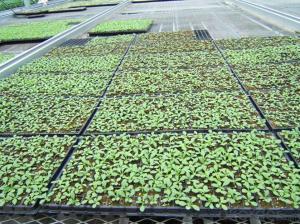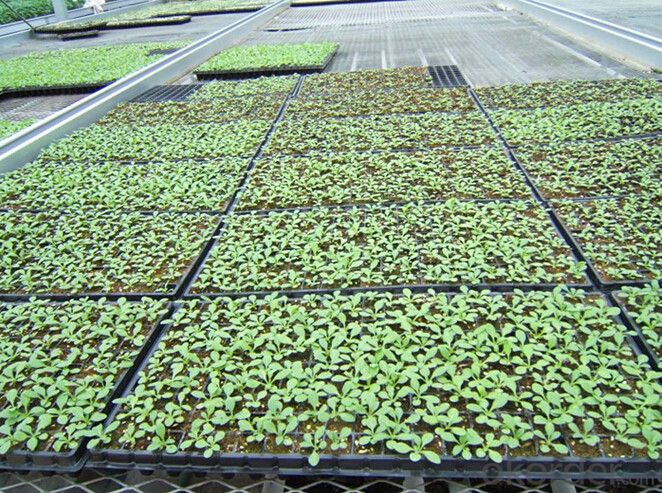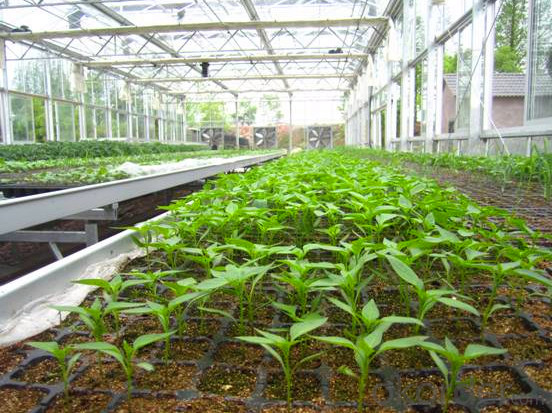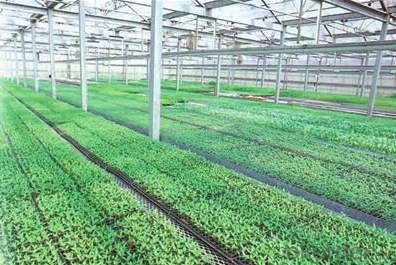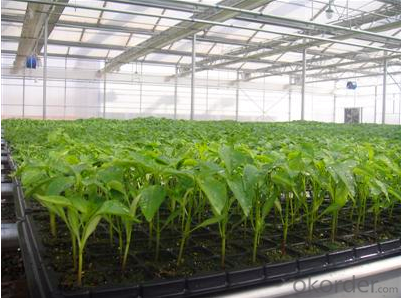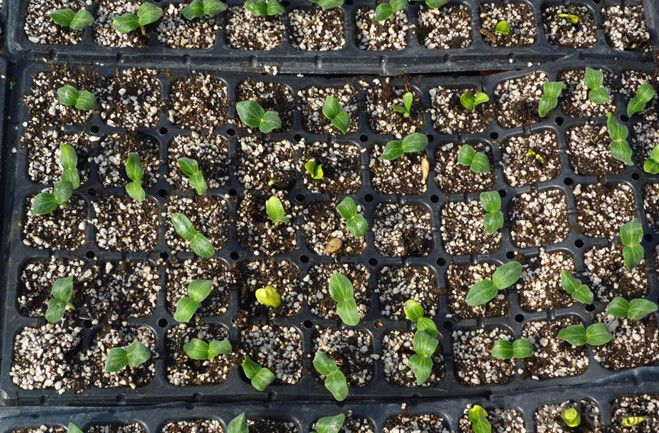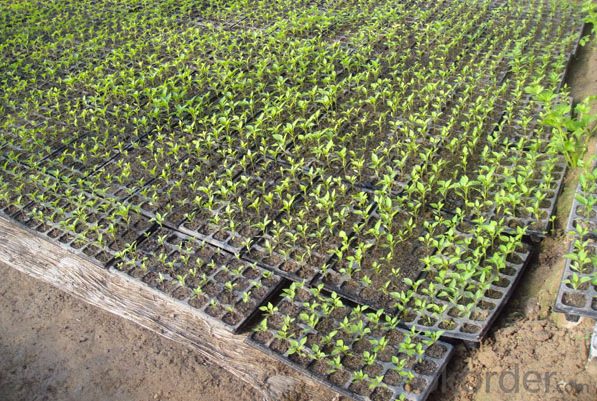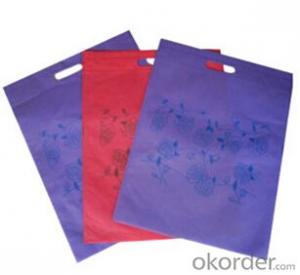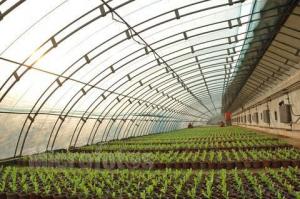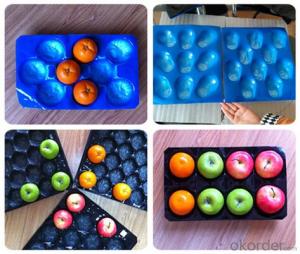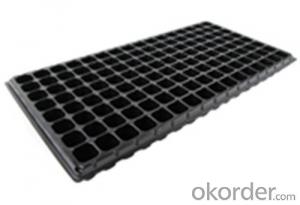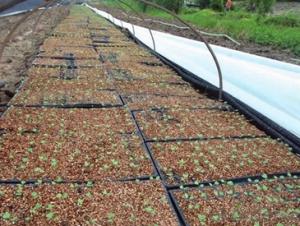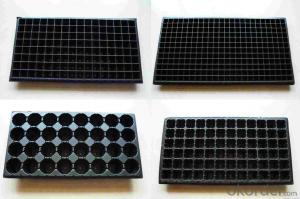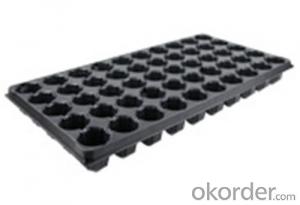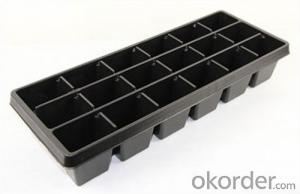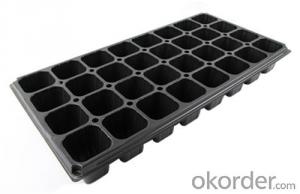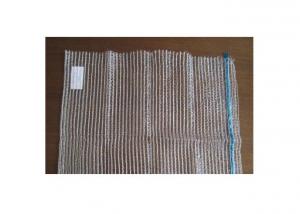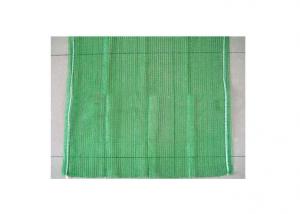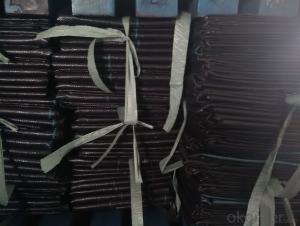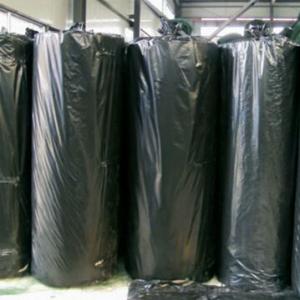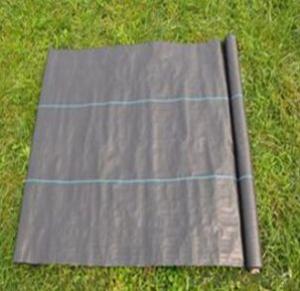Farm Pasture Planter Plastic Seed Cell Plug Tray
- Loading Port:
- China main port
- Payment Terms:
- TT OR LC
- Min Order Qty:
- 3000 pc
- Supply Capability:
- 2000000 pc/month
OKorder Service Pledge
OKorder Financial Service
You Might Also Like
Specification of Plug Trays HIPS Made Plastic Plug Tray for Greenhouse (Growing and Seedling):
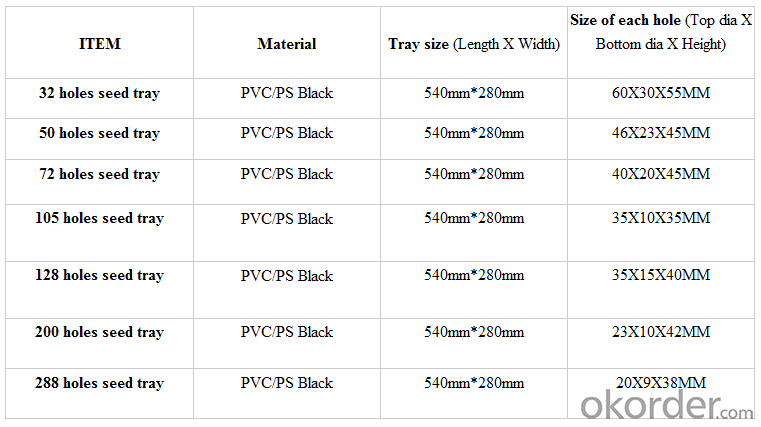
Features of Plug Trays HIPS Made Plastic Plug Tray for Greenhouse (Growing and Seedling):
· Material: HIPS
· Thickness: 0.5mm-1.5mm, Standard:1mm
· Weight: 80g(±5)g-230g(±5)g, Standard weight:155g(±5)g
· Size: length:490mm-540mm, width:190mm-345mm,depth:25mm-150mm
· Standard:540mmX280mm
· Cell count: 18-512
· Package: In Carton
· Warrenty: 8-10 times
Packaging & Delivery
Packing Detail: export standard carton or large bags
Delivery time: 4 million per momth after receipt of deposit
Advantage:
Waterproof, UV-resistant, extrusion-resistant
Easy carry for young seeding plant and grow
Service:
1. Quick, efficient and professional response within 24 hours, 14 hours online services
2. 10 years manufacturing and exporting experience in agriculture field.
3. Technical support and solution by chief engineer.
4. Strict quality control system & team, high reputation in the market.
5. Full range of irrigation products for choice
6. OEM/ODM services
7. Accept sample order before Mass Order
Picture of Plug Trays HIPS Made Plastic Plug Tray for Greenhouse (Growing and Seedling):
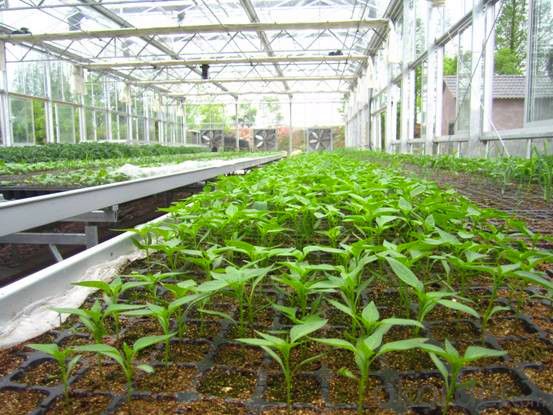

FAQ of Plug Trays HIPS Made Plastic Plug Tray for Greenhouse (Growing and Seedling):
Q: 1.How long is the production time?
A: Usually one to two weeks.
Q: 2.How is the seed tray being packaged?
A: They can be packaged in carton or pallets. Carton size is 1375px*725px*1250px.
Q:3.How many times can the seed tray be used?
A: Under the same environment, it is decided by the thickness. Usually 0.6mm thickness can be used for 1 or 2 times.
1.0 thickness can be used for 3-4 times. 1.5 thickness can be used for 8-10 times.
- Q: This question asks about the methods used by farmers to handle and dispose of old seedling nursery bags that are made from agricultural plastic films.
- <p>Farmers typically dispose of old seedling nursery bags made of agricultural plastic films through recycling, composting, or disposal in designated waste facilities. Recycling is a common practice where the plastic is collected and processed into new products. Composting is less common for these materials due to their non-biodegradable nature, but some farmers may use them as a soil cover in certain conditions. Proper disposal involves collecting the bags and taking them to facilities that handle agricultural waste, ensuring they do not contribute to environmental pollution. It's important for farmers to follow local regulations regarding the disposal of agricultural plastics to minimize environmental impact.</p>
- Q: I'd really like to be a plastic surgeon but im confused on what courses i should take for grade 11.. what are some good universities? attaching websites would be helpful as well. how long does it take to be a plastic surgeon
- Just on the grounds that a method is non-compulsory does not make it meaningless to the sufferer who has it. This is in particular real for individuals who have had paintings performed on scars or different indicators of damage or ailment. Plastic surgeons are on name at hospitals similar to different surgeons, on the grounds that individuals can come into the emergency rooms with hideous accidents that require a plastic health care professional's abilities to support fix instantly, so I do not understand how you received the impact that they have got extra of a consistent deliberate time table. People could no longer regularly opt for face lifts or boob jobs, however there'll regularly be a requirement for plastic surgeons to do corrective surgical procedure. Whether any one is larger off as a plastic health care professional or an orthopedic health care professional relies on that individual's distinctive abilities, expertise, and pursuits. Orthopods have a tendency to have well mechanical capability, in my statement.
- Q: Not gunna bore with details, i rubbed a piece of paper that had enamel spray paint on it, on a plastic bezel of a laptop(very small portion). There is some small residue on the plastic bezel and i need it removed asap. what cleaner can i rub on to remove the paint? i have terpentine, paint thinner, some kind of paint cleanup. dunno what to do. thanks
- If you use solvent on the plastic, it will melt the surface of the plastic. Let it dry and use a plastic scraper on it. It should come off. If it is a rough surface, use a sewing needle to gently pick it out. You can try goof off on it, but again; it's a solvent and will eat into the plastic.
- Q: What are the top plastic products used in agriculture that are most beneficial for those who grow vegetables?
- <p>The best agricultural plastic products for vegetable growers include mulch films, which help retain soil moisture and suppress weeds; drip irrigation systems for efficient water use; greenhouse films that provide a controlled environment for year-round growing; row covers to protect plants from pests and harsh weather; and plasticulture, which involves using plastic to create raised beds for better drainage and aeration. These products not only enhance crop yield but also contribute to resource conservation and sustainability in vegetable cultivation.</p>
- Q: This question asks about the advantages of using biodegradable plastics in agriculture.
- <p>Biodegradable agricultural plastics offer several benefits. They help reduce plastic pollution by breaking down naturally in the soil, thus minimizing environmental impact. These plastics can improve soil structure and fertility by releasing nutrients as they decompose. They also reduce the need for manual labor in removing traditional plastics, lowering costs and increasing efficiency. Additionally, biodegradable plastics can enhance crop yield and quality by maintaining soil moisture and providing a barrier against pests. However, it's important to ensure that these plastics truly biodegrade and do not contribute to microplastic pollution.</p>
- Q: What are the alternatives to traditional waterproofing materials that can be utilized in agriculture?
- <p>In agriculture, alternatives to traditional waterproofing materials include natural substances like clay, which can be used to create barriers against water infiltration, and organic materials such as straw or compost that can help retain soil moisture. Additionally, hydrophilic polymers can absorb and retain water, reducing the need for waterproofing. Permeable fabrics and geotextiles can also be used to control water flow and prevent soil erosion. These alternatives can be more sustainable and environmentally friendly compared to synthetic waterproofing materials.</p>
- Q: What are some ground cover plants that are resistant to pests and diseases?
- Some ground cover plants that are known for their resistance to pests and diseases include creeping thyme, lamb's ear, sedum, and vinca minor.
- Q: Is it possible to recycle agricultural plastic mulch in China?
- <p>Yes, agricultural plastic mulch can be recycled in China. The country has been making efforts to improve waste management and recycling practices, including the recycling of agricultural plastics. There are facilities and programs dedicated to the collection, processing, and recycling of plastic mulch to reduce environmental pollution and promote sustainable agriculture. However, the extent of recycling may vary by region, and there is ongoing work to enhance these systems for more effective recycling nationwide.</p>
- Q: What are the benefits of using plastic seed trays in nurseries?
- Plastic seed trays offer several benefits in nurseries. Firstly, they are lightweight and easy to handle, allowing for efficient transportation and rearrangement of plants. Secondly, plastic trays are durable and resistant to damage, ensuring their longevity and cost-effectiveness. Additionally, plastic trays provide excellent drainage, preventing waterlogging and promoting healthy root development. Moreover, these trays can be easily cleaned and sterilized, reducing the risk of disease spread among plants. Lastly, plastic seed trays are reusable and eco-friendly, reducing waste and contributing to sustainable gardening practices.
- Q: How do you choose the right ground cover for a specific height requirement?
- When choosing the right ground cover for a specific height requirement, consider the mature height of the ground cover plants. Measure the area where you want to plant the ground cover and determine the desired height. Research different ground cover options and select ones that will grow to the desired height or can be easily maintained at that height through pruning or trimming.
Send your message to us
Farm Pasture Planter Plastic Seed Cell Plug Tray
- Loading Port:
- China main port
- Payment Terms:
- TT OR LC
- Min Order Qty:
- 3000 pc
- Supply Capability:
- 2000000 pc/month
OKorder Service Pledge
OKorder Financial Service
Similar products
Hot products
Hot Searches
Related keywords
